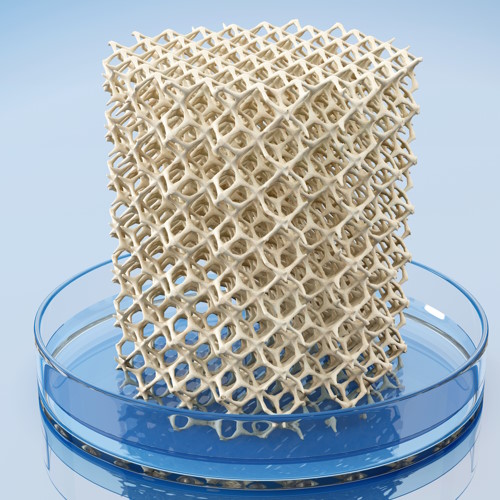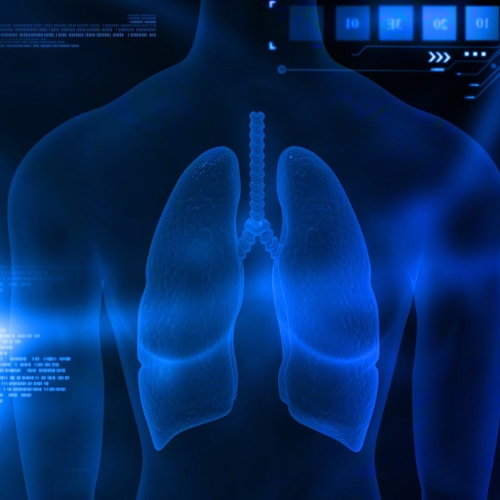Key points from article :
A new bioink allows small human-sized airways to be 3D-bioprinted with the help of patient cells.
3D-printed constructs are biocompatible and support new blood vessel growth.
"With stem cells isolated from patient airways, we were able to bioprint small airways," - Darcy Wagner, senior author of the study.
Made by combining a material derived from seaweed, alginate, and extracellular matrix derived from lung tissue.
Supports several stages of its development towards tissue.
Can be adapted for any tissue or organ type.
"... also support the maturation of the airway stem cells into multiple cell types found in adult human airway," - Darcy Wagner.
Resolution needs to be improved to 3D-bioprint more distal lung tissue and the air sacks.
Used a mouse model resembling immunosuppression in patients undergoing organ transplantation.
When transplanted, 3D-printed constructs were well-tolerated and supported new blood vessels.
Study by Lund University published in Advanced Materials.







